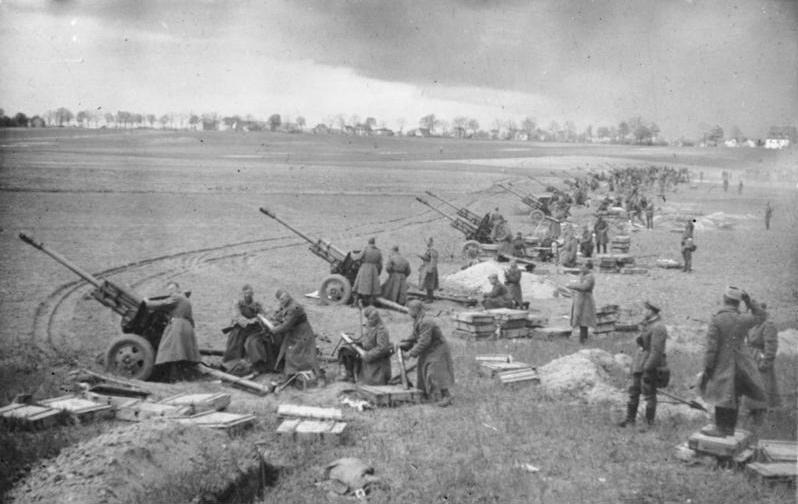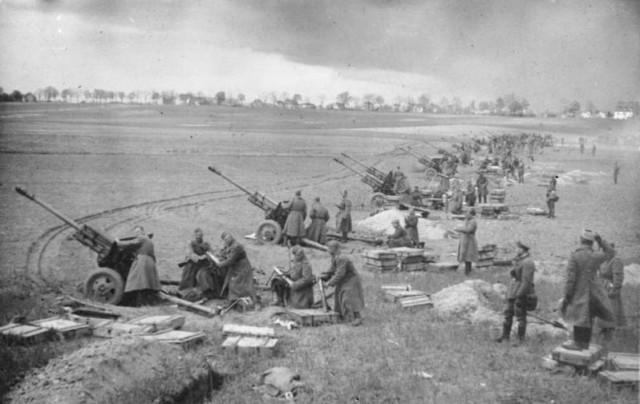German soldiers who were missing and buried in the devastation of one of the last battles of World War Two are being recovered and given proper burials.
The site near Klessin which is in East Germany, around 50 miles from Berlin, is being excavated and a group of volunteers have been tasked with finding and uncovering the remains of German soldiers.
The site was a key battle ground as Soviet troops made their advance on Berlin from the east between February and March 1945. There are as many as 200 soldiers reported missing in the battle and so their bodies are thought to be still lying beneath the battle ground, which has instigated the dig.
The first soldier has been dug up where his bones and personal belongings were found.
The volunteers conducting the excavation are all from a group called The Association for the Recovery of the Fallen in Eastern Europe. The group is committed to finding the missing and providing proper burials to the war dead.
The volunteers are from all over Eastern Europe, Russia and the US. Since its inception in 1992 the group has recovered over 7,000 soldier remains across Europe.
Unfortunately due the long-time gap between the soldiers’ death and being recovered only around 25% of remains are able to be identified. Nevertheless the group always treats the remains with utmost respect and organises for formal burials.
War memorabilia and many personal belongings are found among the excavation sites, from helmets and uniform fragments to glasses.
The group are keen to not look for any particular army or nationality. They believe they are there to simply recover any soldier or person who gave their life for their country or cause and provide them with a fitting send off for their sacrifice.
They’ve conducted over 100 excavations and now have over 200 members.
It was the Battle of Seelow Heights that occurred near Klessin, and the group’s excavation was along a defence line on which around 800 German troops tried prevent the Soviet Army from advancing. Excavations had already taken place in Poland and Russia, the Mail Online reports.
The Germans were severely under resourced to fend off the Soviet soldiers who overwhelmed them by sheer numbers, with around one million Red Army troops taking part in the final push forward to Berlin.
Four days after the Battle of Seelow Heights Berlin had been surrounded and the capital was about to fall for the last time. Two weeks later Hitler would have committed suicide and the war was at an end.

